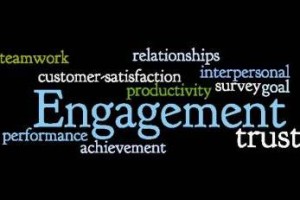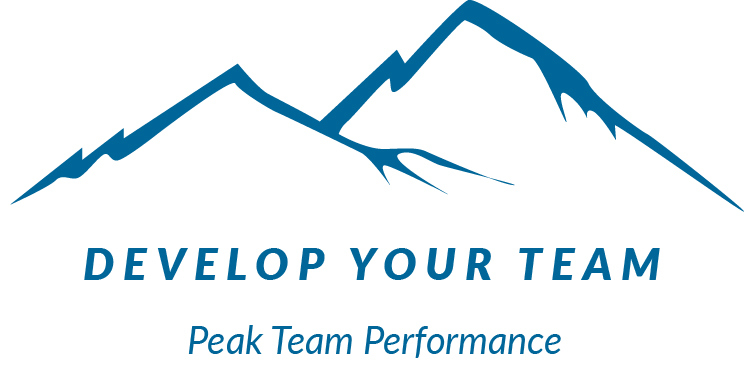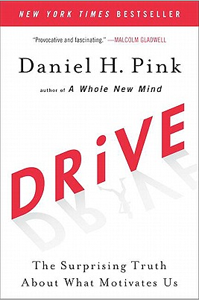What is the big deal about engagement? It seems everyone is talking about it. It’s at the heart of nearly every conversation about productivity – and for good reason. Companies spend a considerable amount of money surveying their employees each year to determine how engaged those employees are. Why? Because studies show, again and again, that the level of employee engagement impacts the bottom line, and significantly (Harter, Schmidt, Agrawal, & Plowman, 2013; MacLeod & Clarke, 2009).
Studies such as the Gallup Q12 Meta-Analysis and the MacLeod Re port show correlations between employee engagement and outcomes in areas of:
port show correlations between employee engagement and outcomes in areas of:
- Customer satisfaction and loyalty
- Goal achievement
- Safety
- Turnover
- Employee productivity
- Improved working lives of employees
The Gallup Q12 showed that businesses measuring the highest levels of engagement show an 80% probability of achieving above-average performance results. In contrast, the cost of disengagement for US companies is estimated at over $300 billion annually. So, clearly engagement matters. But how does an organization go about creating an engaged workforce? Research has shown that two of the things that influence engagement are whether there is an environment of trust and whether group members are able to function together effectively.
In order to be willing to take risks and invest energy in support of the organization’s goals, people need to be able to trust that their actions won’t be perceived negatively (Schneider, Macey, Barbera, & Young, 2010). When we feel psychologically safe, we are more likely to share our opinions, ideas, or concerns. A trusting, psychologically safe, environment encourages the open exchange of ideas and information and allows problems to surface before they become severe. When we are concerned with being judged it’s easy to become distracted and disengaged as we may be focusing more on what others are thinking than on the task at hand (Kahn, 1990).
Groups that function effectively typically have strong interpersonal bonds. Often these groups are characterized as cohesive. Tuckman’s (1965) model describes the process of a team’s development of connectedness and functionality over time, ranging from the initial stages of group formation to later stages where groups exhibit cohesion and are successful at achieving group goals. At Tuckman’s final stage of performing, interpersonal relationships are a key to successful problem-solving and goal achievement. In my own research, I found that when team members know each others’ strengths and interests, and then aligned tasks accordingly, they were more successful at achieving their goals.
What does engagement look like in your workplace? Do you see these factors at work? Is forming personal relationships with members of the workgroup encouraged or discouraged? Is the environment psychologically safe? How do you think the level of engagement could be improved in your organization? Are there things that you’ve tried or have been thinking about trying? I’d love to hear your thoughts!
Also, please join me in the coming weeks to explore more ideas about what it takes for individuals and groups to perform at their best. I’ll also be sharing selections from my bookshelf each Thursday.
References:
Gallup Q12. (2013). https://q12.gallup.com/
Harter, J. K., Schmidt, F. L., Agrawal, S., & Plowman, S. K. (2013). The relationship between engagement at work and organizational outcomes (2012 Q12). Retrieved from Gallup website: www.gallup.com
Kahn, W. A. (1990). Psychological conditions of personal engagement and disengagement at work. Academy of Management Journal, 33, 692-724. http://dx.doi.org/10.2307/256287
MacLeod, D., & Clarke, N. (2009). Engaging for success: Enhancing performance through employee engagement. Retrieved from Department for business innovation & skills: http://www.bis.gov.uk/files/file52215.pdf
Schneider, B., Macey, W. H., Barbera, K. M., & Young, S. A. (2010). The role of trust in understanding employee engagement. In S. L. Albrecht (Ed.), Handbook of employee engagement: Perspectives, issues, research and practice (pp. 159-173). Northampton, MA: Edward Elgar Publishing, Inc.
Tuckman, B. W. (1965). Developmental sequence in small groups. Psychological bulletin, 63, 384-399. http://dx.doi.org/10.1037/h0022100
 Fortunately, there are plenty of opportunities to be purposeful about ongoing team development! Looking for ways to make the most of those opportunities on a regular basis is the key to turning your team into a cohesive, engaged, and collaborative unit. And when you do that, your team members become more competent communicators, problem solvers, decision makers, and innovators. By making team development a priority, you demonstrate that you believe the team is worth investing in. Sustained focus on the team builds on the foundation of trust, communication, and collaboration necessary to achieve peak performance in achieving your organization’s goals.
Fortunately, there are plenty of opportunities to be purposeful about ongoing team development! Looking for ways to make the most of those opportunities on a regular basis is the key to turning your team into a cohesive, engaged, and collaborative unit. And when you do that, your team members become more competent communicators, problem solvers, decision makers, and innovators. By making team development a priority, you demonstrate that you believe the team is worth investing in. Sustained focus on the team builds on the foundation of trust, communication, and collaboration necessary to achieve peak performance in achieving your organization’s goals.



